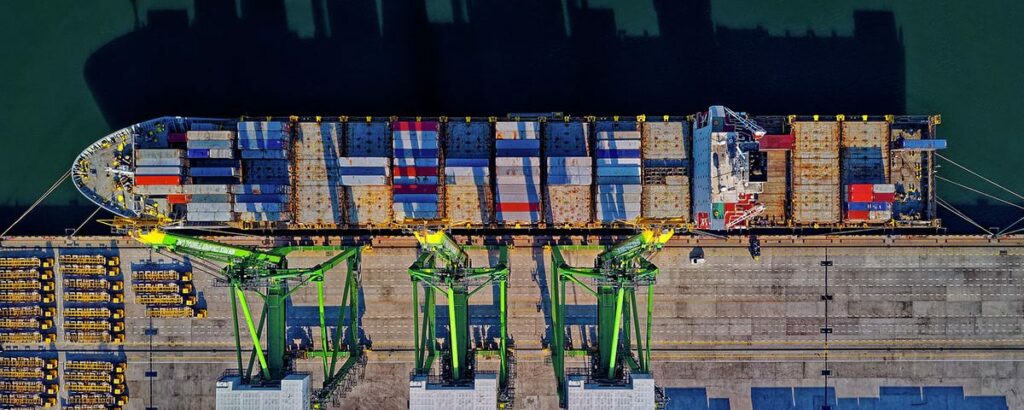When carrying out the transport of dangerous goods by road (ADR), professionals in the sector take into account many variables both in their handling and in the transport process itself to avoid accidents or incidents of any kind. At governmental level, a whole series of regulations and restrictions are also included regarding the movement of these goods that take into account many factors such as possible mass movements or special dates; although the autonomous communities of Catalonia and the Basque Country have their own legislation that is responsible for regulating these aspects, below we will see some of the guidelines included in the BOE and that are applicable in most of the territory of the State.
Basically, those vehicles destined for ADR transport that are identified with the orange regulatory panels see their transport limited according to two main variables: according to certain sections or depending on whether we are facing a specific date. There is a whole series of searchable sections that, at specific times and days, restrict access to this type of transport. In general, those who are in charge of ADR transport through Spanish territory follow routes that are subject to their suitability in terms of general traffic conditions and road safety. To minimize the possibility of accidents or mishaps that could jeopardize both the safety of citizens and the environment, the movement of these goods must be carried out by safe routes, reducing transport times (opting for the most direct routes to the destination) and the routes chosen must not have excessively dense traffic in order to avoid, as far as possible, proximity to large crowds of people.
It is for this reason that, whenever possible, one should choose to travel on external roads or variants that move transport away from the towns; if there are several options, the one furthest from the houses should always be chosen. The incursion into what is properly the urban core should be limited to the necessary loading and/or unloading of goods, and of course access should be by the nearest road, without unnecessary detours that expose the materials to the public for longer than necessary. All this, of course, is applicable to the transport of all those goods catalogued as dangerous and which are not included in any of the existing exemptions that can be consulted; following these and other guidelines, the necessary steps are taken to act in accordance with the needs of those involved in the process and third parties.

